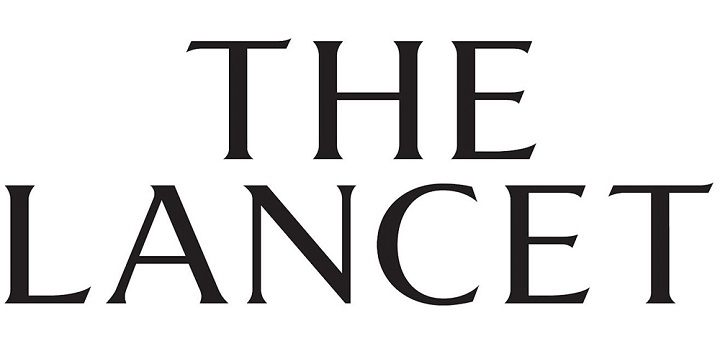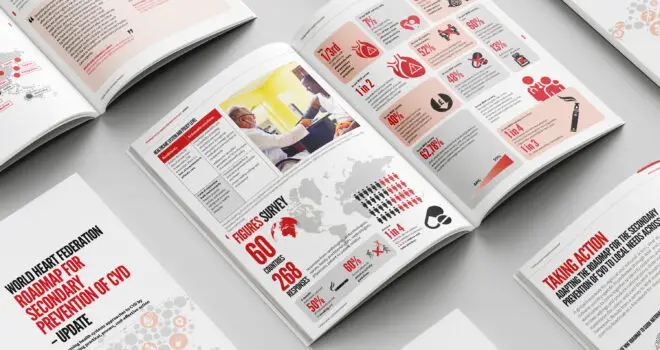
The latest edition of the Lancet (March 2018) includes a study entitled ‘Inequalities in the use of secondary prevention of cardiovascular disease by socioeconomic status: evidence from the PURE observational study’, which presents the first country-specific data on inequalities in use of secondary prevention for CVD in countries at all levels of development and in all parts of the world.
A summary of the study is available below, and click here to view the paper in full.
Summary
Background: There is little evidence on the use of secondary prevention medicines for cardiovascular disease by socioeconomic groups in countries at different levels of economic development.
Methods: We assessed use of antiplatelet, cholesterol, and blood-pressure-lowering drugs in 8492 individuals with self-reported cardiovascular disease from 21 countries enrolled in the Prospective Urban Rural Epidemiology (PURE) study. Defining one or more drugs as a minimal level of secondary prevention, wealth-related inequality was measured using the Wagstaff concentration index, scaled from –1 (pro-poor) to 1 (pro-rich), standardised by age and sex. Correlations between inequalities and national health-related indicators were estimated.
Findings: The proportion of patients with cardiovascular disease on three medications ranged from 0% in South Africa (95% CI 0–1·7), Tanzania (0–3·6), and Zimbabwe (0–5·1), to 49·3% in Canada (44·4–54·3). Proportions receiving at least one drug varied from 2·0% (95% CI 0·5–6·9) in Tanzania to 91·4% (86·6–94·6) in Sweden. There was significant (p<0·05) pro-rich inequality in Saudi Arabia, China, Colombia, India, Pakistan, and Zimbabwe. Pro-poor distributions were observed in Sweden, Brazil, Chile, Poland, and the occupied Palestinian territory. The strongest predictors of inequality were public expenditure on health and overall use of secondary prevention medicines.
Interpretation: Use of medication for secondary prevention of cardiovascular disease is alarmingly low. In many countries with the lowest use, pro-rich inequality is greatest. Policies associated with an equal or pro-poor distribution include free medications and community health programmes to support adherence to medications.


